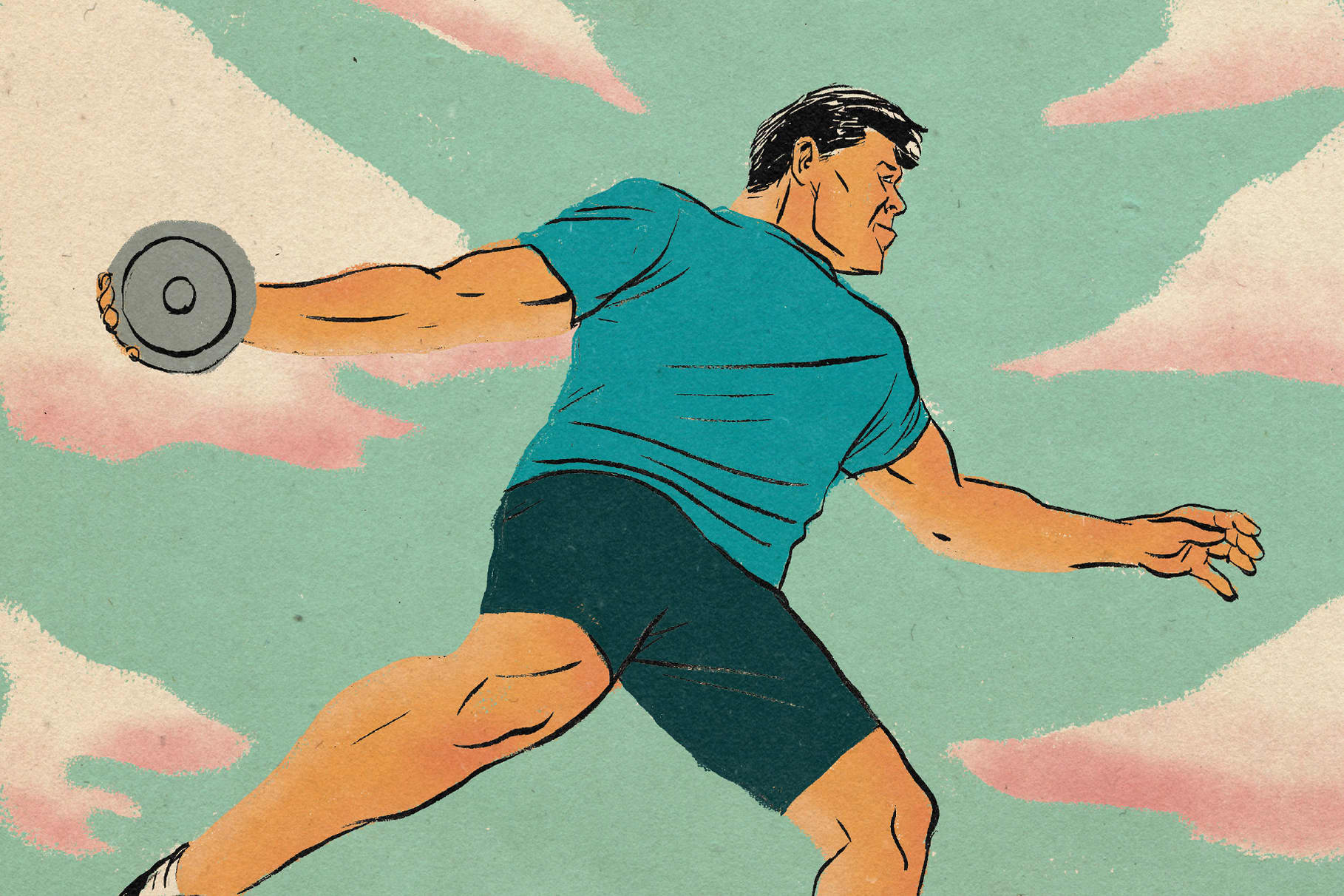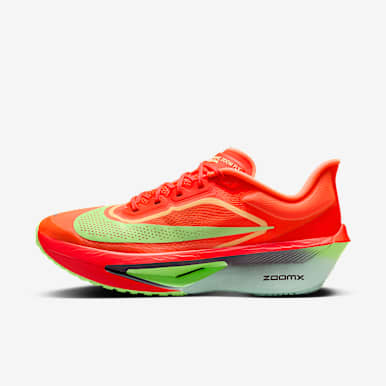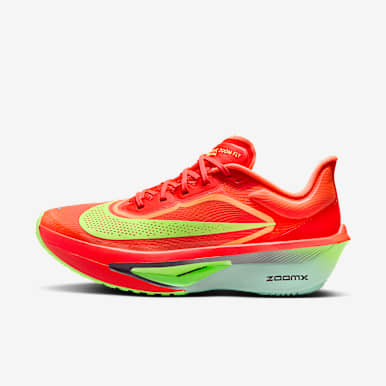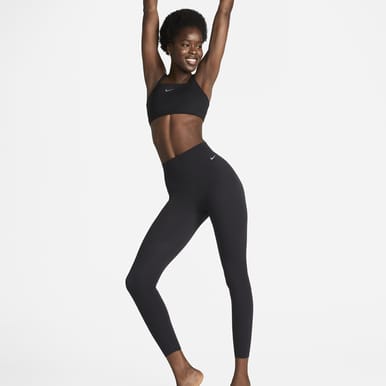Everything You Need to Know About the Discus Throw in Athletics
Sport & Activity
Check out this beginner's guide to learn how the discus throw works, where it originated and the basic rules of the event.

From the long jump to the 100-metre sprint, there's a wide range of events in an athletics competition. But what's the discus throw—one of the field events—all about, and what are the rules of the event?
Looking to learn more about the sport so you can follow along on TV? Or thinking about trying the discus throw? Read on to find out what the discus throw is, what goes into a proper throwing technique and the basic rules of the event.
(Related: A Beginner's Guide to All of the Events in Athletics)

What Is the Discus Throw?
Field events are broken into two categories: throws and jumps. Discus throws belong squarely in the throws category, joining the shot put, javelin and hammer throw to round off the group. In all four throwing events, athletes try to throw an implement as far as possible.
In the discus, the implement is a smooth disc. It can be made from metal, fibreglass, wood or plastic in the centre, but the outside rim is metal.
In Olympic competition, the men's discus has a diameter of 22 centimetres and weighs 2 kilogrammes, or 4.4 pounds. The women's discus has a diameter of 18 centimetres and a weight of 1 kilogramme, or 2.2 pounds.
(Related: Everything you need to Know About the Triple Jump in Athletics)

What Are the Rules in the Discus Throw?
Discus athletes begin each throw by standing inside a white circle on the ground. The circle may be made from metal, like iron or steel. According to the World Athletics rules, the diameter of the throwing circle is 2.5 metres, or 8.2 feet.
Athletes aim to throw the disc as far as they can, and they need to remain inside the throwing circle until the discus makes contact with the ground. Their feet can touch the inside edges of the circle but not the outside edge or the ground beyond it.
For the past century or more, discus athletes have spun their bodies before throwing the disc. They usually spin one and a half rotations, then release the discus, trying to throw it as far forwards as possible.
"Even though they spin, discus athletes don't usually get dizzy", said Nik Arrhenius, throws coach for men's and women's athletics at Brigham Young University.
The discus must land within the landing sector, which extends from the circle at a 40-degree angle in a cone shape. In the Olympics, athletes in the qualifying round get to try three times to make their furthest throw.
The top 12 advance to another round, where they attempt three more throws. The eight athletes with the furthest throws in that round advance to the finals, where they make three more attempts. The athlete's longest throw of those three attempts is the one that's counted. In other competitions, athletes are allocated six throws.
The athlete with the longest throw from their attempts in the final round is the winner. If there's a tie between two or more throwers, the one with the longest second-best throw wins.

How Far Do Athletes Throw the Discus?
At the Tokyo 2020 Olympic Games, the winning throw in the men's competition registered at 68.9 metres, or 226 feet. In the women's competition, the winning throw was 68.98 metres, or 226.3 feet.
Collegiate discus champions throw nearly as far: At the 2022 National Collegiate Athletic Association (NCAA) championships, the winning men's throw was 66.17 metres, or 217 feet. The winning women's throw was measured at 62.16 metres, or 203.9 feet.

What's the Key to Discus Technique?
Starting from the back of the throwing circle, discus athletes perform one and a half turns in the circle before releasing the disc. This spinning builds up speed as the discus spins around the thrower's body—speed that is unleashed as the thrower releases the disc.
Here's a step-by-step breakdown of discus-throwing technique:
- Throwers begin facing away from the field where they'll throw the discus with both feet planted at the back of the ring.
- Right-handed throwers then begin twisting to the right. They pivot on the ball of their left foot to swing their right leg around to the front.
- As they switch to their right foot, both feet come off the ground in a small, spinning jump. They land on the right foot, with it facing the back of the circle. This completes the first full turn.
- As the right foot twists towards the front of the circle, their left foot comes to the front of the circle. This, Arrhenius said, puts both feet on the ground—a power position where they can untwist their torso.
- The thrower pivots on the ball of their right foot, in a move akin to the back foot of a baseball swing. As this pivot happens, the thrower untwists their torso and releases the discus to fly down the field.
- Throwers often continue spinning after their release, pirouetting on their right foot. Their feet cannot leave the circle until the discus has landed on the ground.
"Even though the discus is a throwing event, the best performers rely on their legs for most of the movement", Arrhenius said.
"The number one thing is having patience and really reserving your upper-body [strength] for the finish", he said. When discus throwers rotate, he explained, they're building up energy in their torso and potential speed, like pulling back a slingshot. And you want to wait to release the slingshot until you're in a powerful position with both feet on the ground.
(Related: What Is Steeplechase? Everything You Need To Know About the Athletics Event)
"When you land [at the front of the circle on two feet], your torso is rotated backwards, and the discus is behind your shoulder", he said. That's when throwers untwist their torsos and use their arms: It flings through to the front, creating the most speed for the discus. If the thrower moves their arm forwards too soon, that energy is already gone, and they can't slingshot it effectively.
"Another tricky part of a successful throw is getting the discus to fly, not flutter", said Nathan Ott, throws coach for Penn State University's athletics team. In a great throw, the discus will be spinning like a Frisbee as it soars down the field, rather than its edges popping up and down as it flies.
"The discus is an oddly balanced implement in that it has a heavy rim weight. It looks like a Frisbee, but the rim is so heavy that if you pull the edge [like you would when throwing a Frisbee], it flutters like a bird through the air", Ott said.
"A lot of people, when they first pick up the discus, they want to throw it out the back of their hand or wing it. But you have to allow the release to happen. You can't force it". Like everything about the discus, he said, athletes have been working on this for centuries—and will continue to for years to come.

What Makes a Good Discus Thrower?
Traditionally, discus throwers are tall, explained Arrhenius. That's because tall athletes tend to have long arms.
"The longer your arms are, in theory, the faster the discus is spinning", as the athlete's body and arm are spinning. Of course, height isn't the only factor that makes a discus athlete successful.
"[Discus athletes] tend to have good body awareness and coordination", Arrhenius added. Body awareness is important to stay inside the circle as they spin to throw. "You're spinning around at a pretty high speed, and then after you release, you have to stay in the ring. That takes coordination".
"Athletes who have had success in sports like basketball and volleyball may also excel at the discus, because often, they can jump well", Ott said. "Even though athletes don't jump to throw a discus, jumping and throwing are both about power", he said. A good discus athlete needs to not just be strong and produce force but to produce it quickly.
"Because discus is a difficult sport to learn and master, it also requires a certain type of mentality", Arrhenius said.
"I don't think you can be a good discus thrower unless you have discipline", he said. "You're going to have to have the discipline of doing, say, 10,000 throws per year, and that's not only for one year. That's year after year".
Ott said that in addition to being relentless in their discipline, great discus throwers must also have a passion for problem-solving. Perfecting their body's mechanics for the best throw is a puzzle to be solved, and a great thrower will try to tinker with those variables to find the best solution—and their best throws.
Where Did the Discus Throw Originate?
Athletes have been flinging the discus for centuries. The sport is mentioned in Homer's "Iliad" and was also part of the ancient Olympic Games, dating back to 708 BC. And it continues to be a presence in today's athletics competitions around the world.
There's a reason this throwing event has stood the test of time. It's a complex event that requires tremendous strength, focus and skill. And even with centuries of learning the ultimate technique, athletes and coaches still say that throwing the metal disc is difficult to learn and even tougher to master.
"You have to be a student of the event—it doesn't come easy", said Ott. Athletes at the modern Olympics or NCAA championships spin around and hurl the disc almost 70 metres—and when that happens, the crowds still roar like they did in ancient Greece.
Words by Greg Presto














